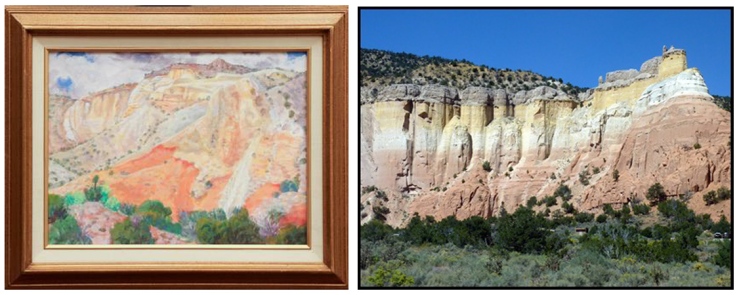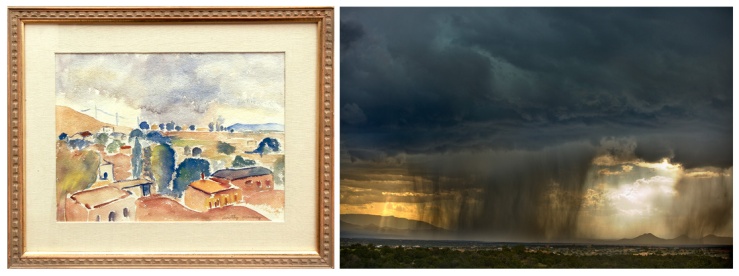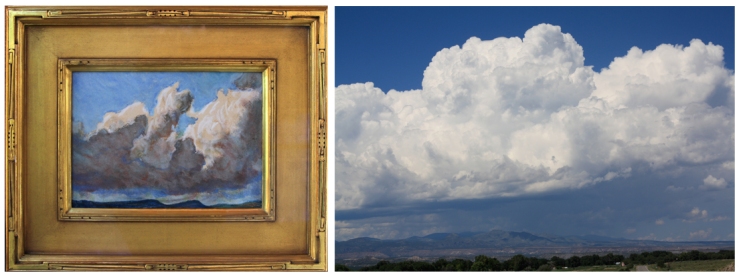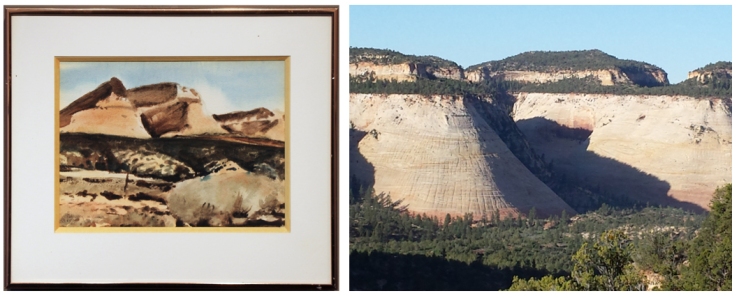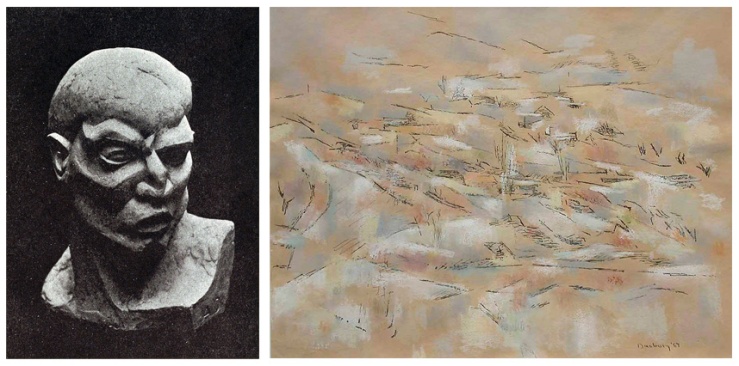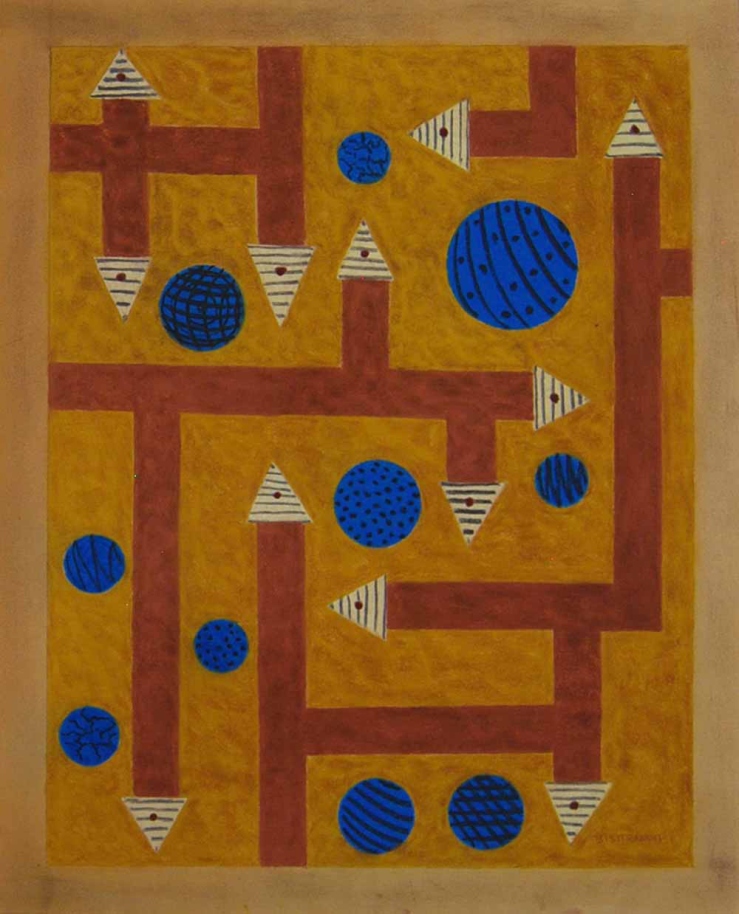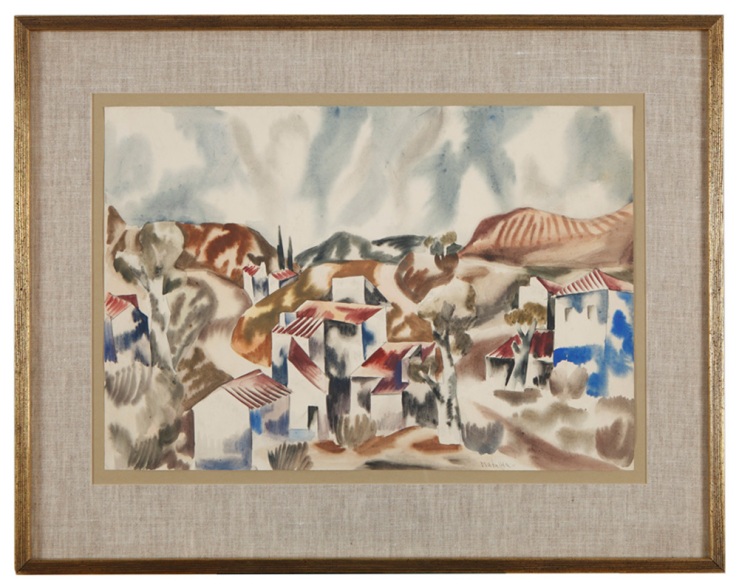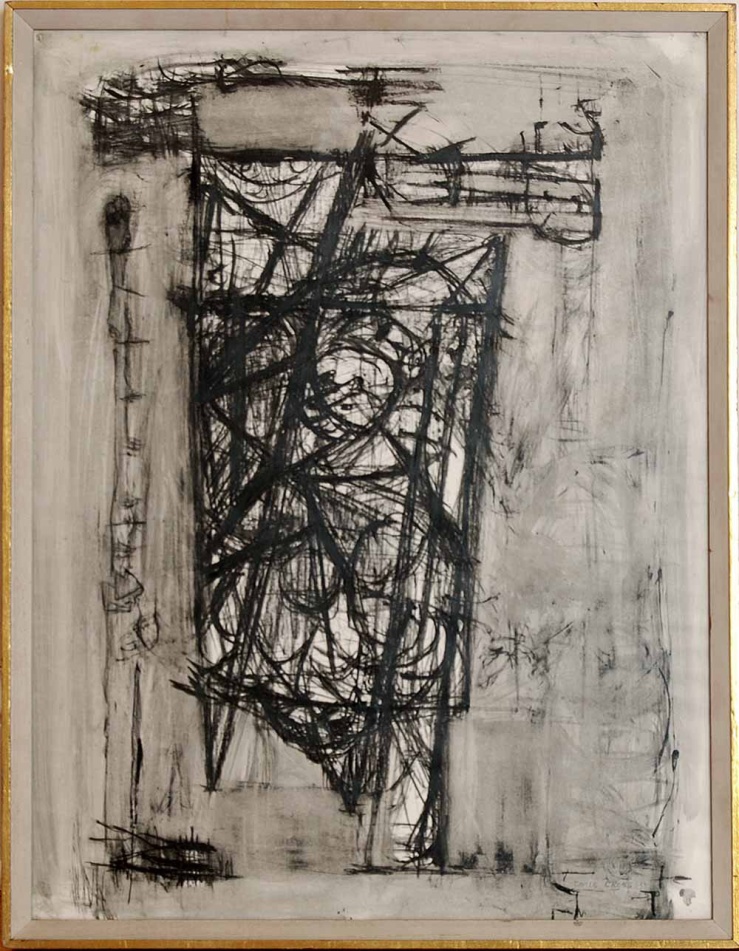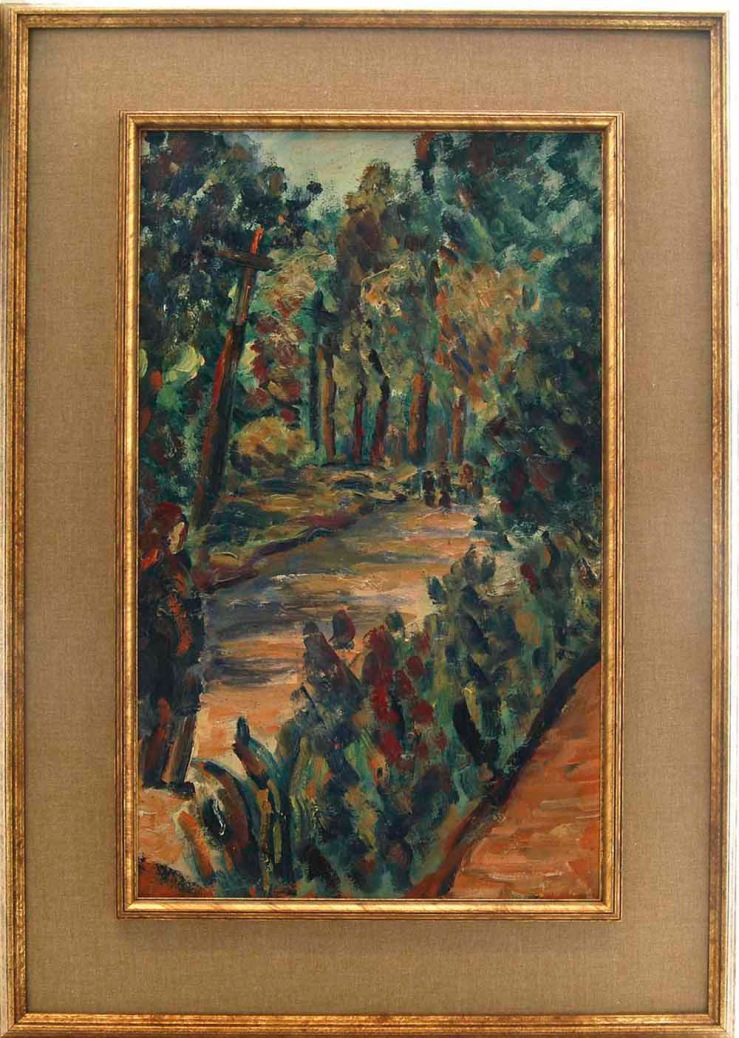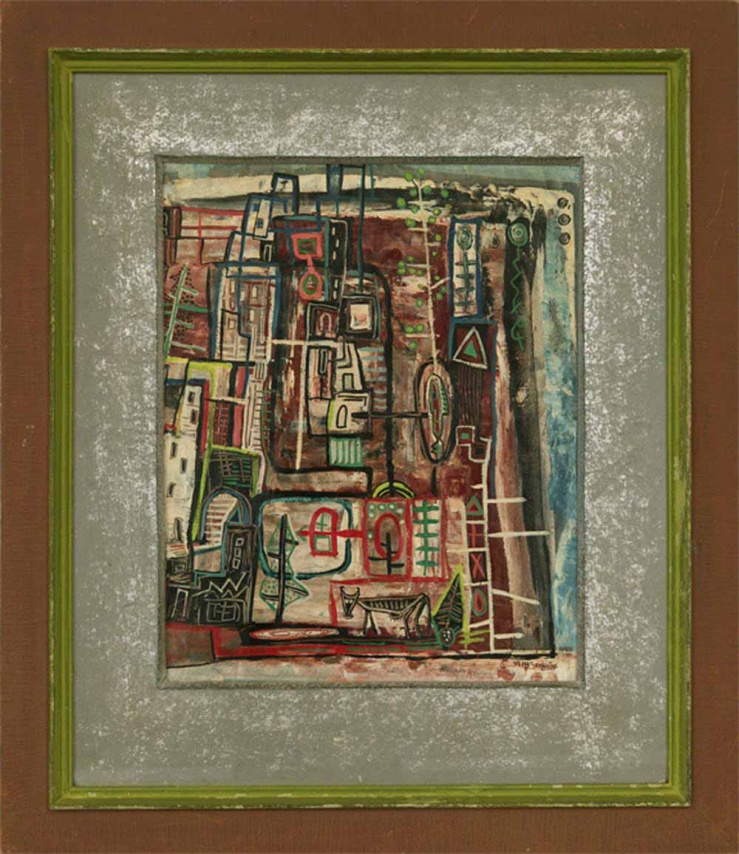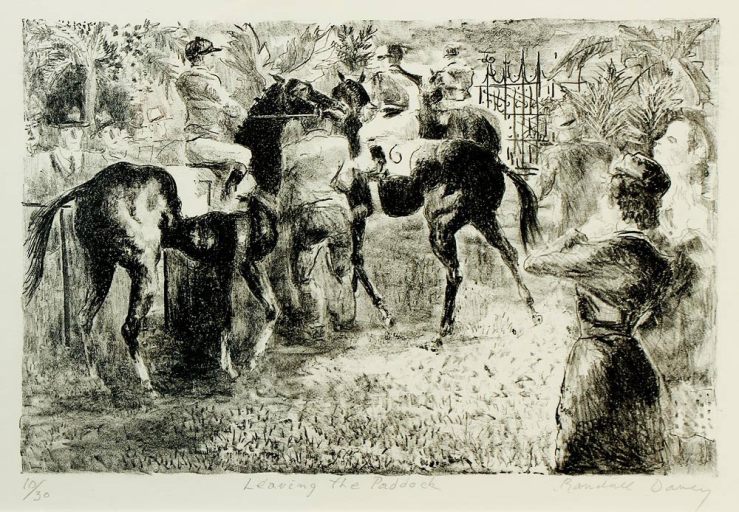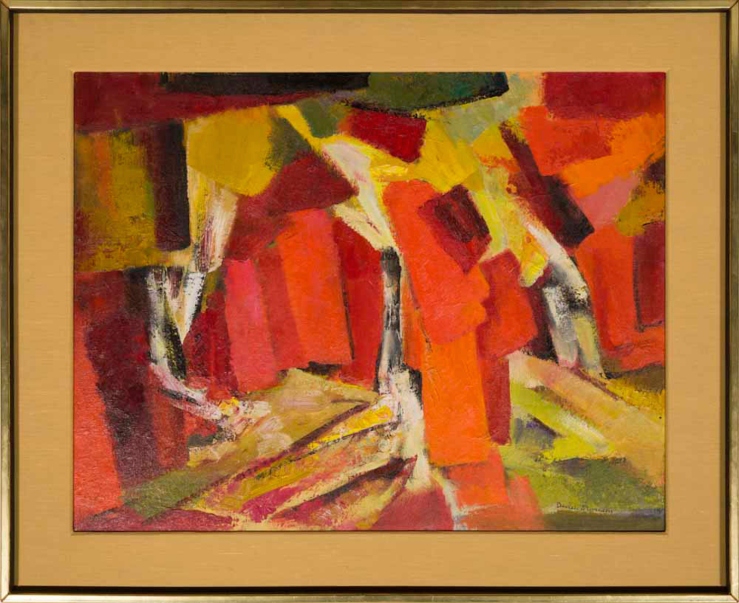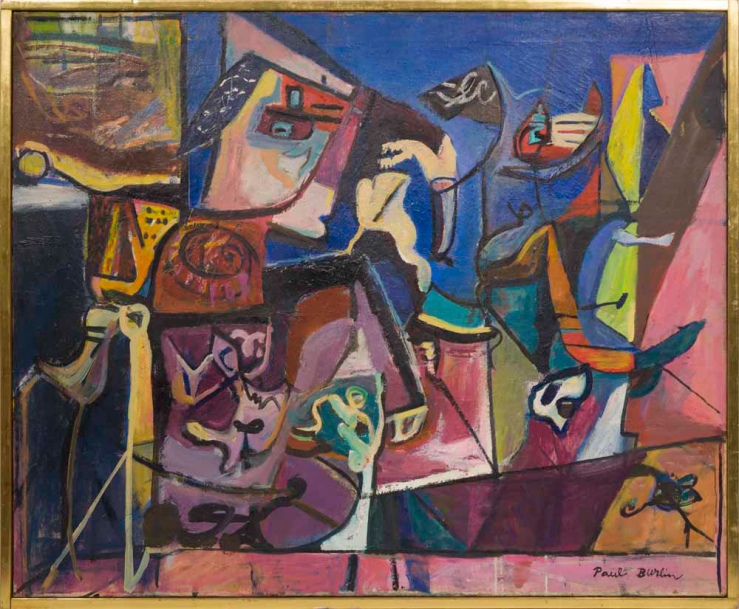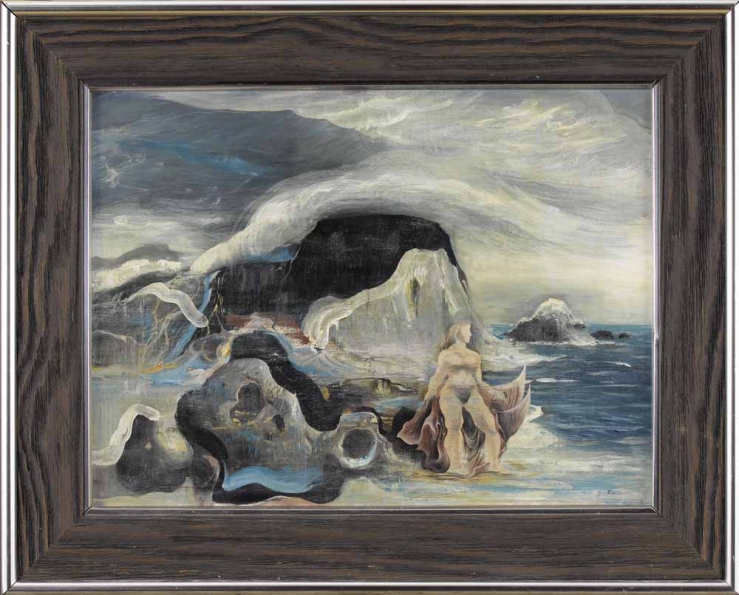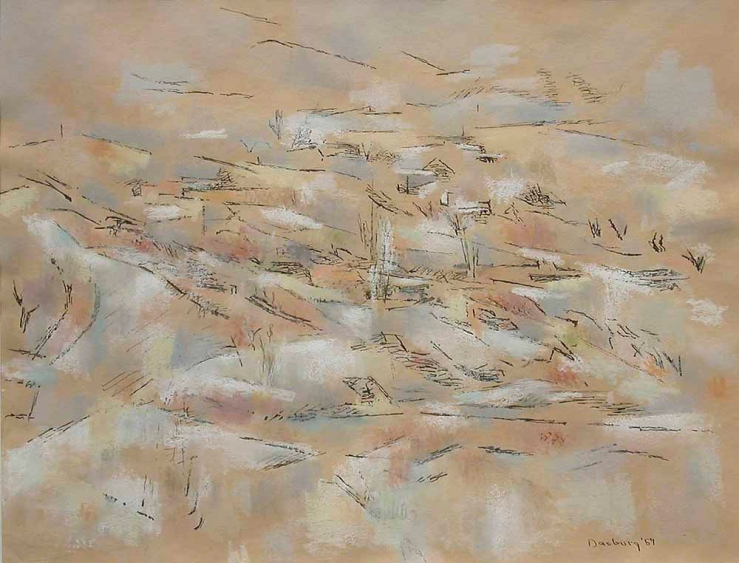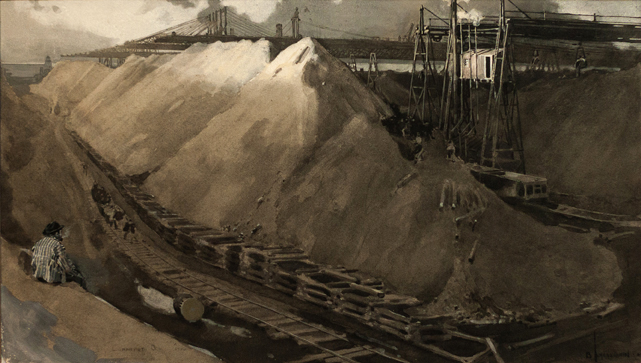
This is part 2 of our blog series on the history of women artists in New Mexico.
Read part 1 here, and learn more at our May 8-31st exhibition
NEW LANDSCAPES, NEW VISTAS: Women Artists of New Mexico.
“I have alluded to Nampeyo as a ‘modern artist,’ because the more I understood her life and work, the more her extraordinary career seemed to parallel that path,” writes Steve Elmore in the last chapter of his book In Search of Nampeyo. Elmore stepped in as our guest blogger last week, which gave us some time to study the links between Pueblo aesthetic innovations and the diverse New Mexico art movements that emerged in the 19th and 20th centuries.
What did romanticist painters of the early Santa Fe and Taos art colonies learn from Pueblo traditions that had been around for centuries before they arrived? How did the elegant abstract patterns on San Ildefonso jars and bowls influence abstract expressionists like Beatrice Mandelman and Janet Lippincott?

Elmore provided the first clues to this investigation in his biography of Nampeyo (1856-1942), a Hopi-Tewa potter whose innovative images bridged the ancient and modern worlds. Here’s more from In Search of Nampeyo:
While much of Nampeyo’s life was that of a traditional Hopi woman, we need to consider her life and work outside of the academic fields of archaeology and anthropology, which have heretofore defined how Nampeyo has been perceived by the public. Today, her masterpieces are mostly displayed in natural history museums next to Anasazi jars or in anthropological exhibits of Pueblo Indians—not in art museums—and certainly not as modern art.
Yet, in the end, Nampeyo was not an ancestral potter, nor even a traditional Pueblo potter, although these conditions were the context for her achievements. While she was trained as a traditional potter, she evolved into a unique artist using modern marketing techniques to sell her work to a new Euro-American audience.
As Elmore stresses, it’s important to understand Nampeyo, Maria Martinez and other influential Pueblo potters not as isolated traditionalists but as artists who interacted with newcomers and adapted to the cultural changes they affected. The realities of frontier living necessitated a constant dialogue between the first artists who emigrated from the East Coast and Pueblo artisans. This interchange continued as the market for Pueblo arts and crafts grew and shifted based on the demands of visitors.

Ila McAfee (1897-1995), one of the early “Euro-American” transplants, drew inspiration from Pueblo traditions in her work. McAfee often painted wild horses in profile, echoing the stark monochrome of pottery designs. In The Golden Triad, three beasts hover before a textured golden-brown field that captures the hues of high desert clay.
Taos art dealer Robert Parsons interviewed McAfee about her early years in Taos:
It was so different then. There was nothing between me and the mountain when we first got here. The village was small and the Indians remained uninfluenced by the invaders. Once I asked one of them, ‘What did you call this country before the Europeans came?’ ‘Ours,’ he told me.

Other early Taos artists such as Helen Greene Blumenschein (1909-1989) and Dorothy Brett (1883-1977) also interacted with the nearby Pueblo. Blumenschein meditated on the relationship between the new settlers and the natives in her Taos memoirs, and Brett spent years making genre paintings of the Taos Poblanos. Later on, Brett switched to more mystical subject matter that was inspired by Native American spirituality. Her paintings Cat Shaman and Moon Ray reflect her mature philosophies that link humanity and nature.

In the 1930s, Santa Fe artist and archaeologist Agnes Sims (1910-1990) arrived in New Mexico and began studying the ancient Pueblo petroglyphs. As she pondered the mysteries of the lost language, she began developing her own abstract symbol system in a series of paintings and sculptures.
Sims’ abstract experiments prefigured the innovations of Beatrice Mandelman (1912-1998) and Janet Lippincott (1918-2007), abstract expressionists who helped bring a bold new aesthetic to the Desert Southwest in the 1940’s. This wave of modernists surely took note of Pueblo aesthetic innovations that had spread from Nampeyo’s studio to the San Ildefonso Pueblo and beyond. From Elmore:
Nampeyo’s abstract drawings are strangely prescient of the abstractions of Euro-American modern art. This remains a large part of her mystique. In particular, critics have noted the comparison between Nampeyo’s abstractions of birds to Pablo Picasso and Georges Braque’s invention of Cubism, wherein an object is shown from multiple views at the same time.
Elmore’s observations complete the circle of influences, revealing a far more interconnected aesthetic evolution than we originally imagined. Check back next week for the continued tale of women artists in New Mexico, and connect with us on Facebook, Twitter and Pinterest for daily gallery news.
 *Images of Nampeyo’s pottery courtesy of Steve Elmore. Image of New Mexico petroglyph courtesy of Roch Hart.
*Images of Nampeyo’s pottery courtesy of Steve Elmore. Image of New Mexico petroglyph courtesy of Roch Hart.
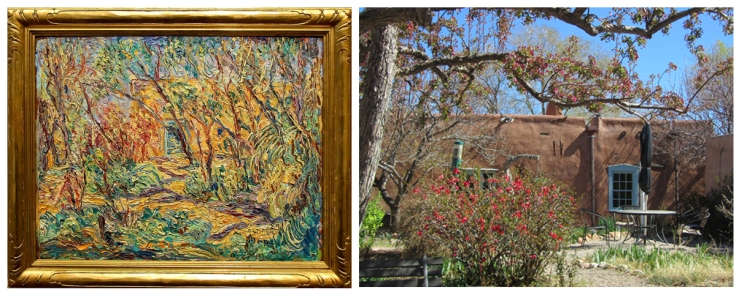 This Alfred Morang painting may show artist Olive Rush’s garden on Canyon Road. Rush and Morang were close friends. Compare to the photograph at right.
This Alfred Morang painting may show artist Olive Rush’s garden on Canyon Road. Rush and Morang were close friends. Compare to the photograph at right. 


